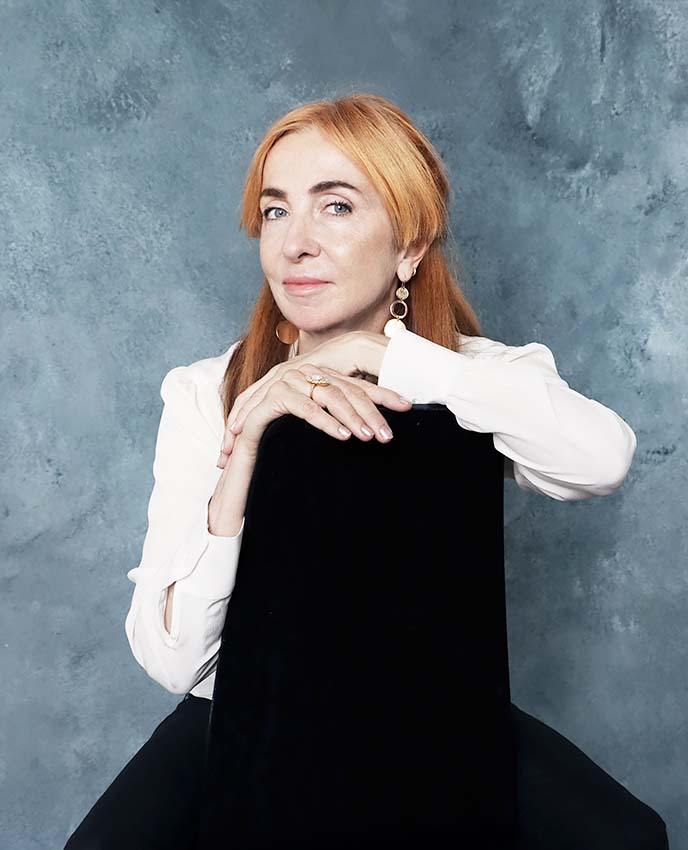or over two decades, Australian Paris-based artist Vee Speers has established herself in the art world with her unforgettable portraits. Her carefully choreographed images are painterly and ethereal, with a visual and metaphorical ambiguity which challenges established narratives. In her iconic series The Birthday Party, she eternalises the innocence of childhood with timeless portraits that are at once hauntingly beautiful and provocative. She dresses, styles and sometimes masks her characters, creating enigmatic stories to blur the line between reality and fiction and highlighting our need to escape into fantasy. Speers succeeds in choreographing characters that offer allegorical glimpses into life, triggering memories and emotions from our own childhood.
From the legend of the Phoenix, Speers draws inspiration for her most recent work Phoenix, an evocative story about passion, love and loss and an homage to the anonymous women. In this series Phoenix, the battles are over and the flames and ashes disappear. Emerging is the emboldening force of liberation as these women of all ages are on the threshold of new beginnings. At once powerful and vulnerable, Speers' portraits are timeless symbols of transformation between life and loss and the renaissance of a new identity.
Speers' work has been exhibited in museums, galleries, art fairs and festivals around the world, and published in features and on covers of more than 60 international magazines, with 3 sold-out monographs of her work. Her photographs have been acquired by Sir Elton John Collection, Michael Wilson Collection, Hoffman Collection U.S. , Carter Potash Collection, Morten Viskum Collection, Alan Siegel, Lawrence Schiller, DZ Bank, Museum of Fine Arts Houston, Museum 21C, Kentucky, George Eastman House, Beth Rudin Dewoody, Hudson Bay Company Art Fund, CB Collection, Tokyo.
More about Vee Speers:
AAP: When did you realize you wanted to be a photographer?
Vee Speers: I’ve always thought photography was magical as my father had his own darkroom. When I went to art school, I realized that the instant way of capturing an image suited my impatient personality.
Where did you study photography?QCA, Brisbane, Australia
Do you have a mentor or role model?Not really. I don’t like to follow.
What or who inspires you?The cinema is a constant source of inspiration. A story is told, and the way it is filmed can transport you to another time or place. Still images can be the same.
How could you describe your style?Playful, beautiful, strange, melancholic, obvious and unexpected.
Do you have a favorite photograph or series?The Birthday Party and
Bulletproof This is two series photographed 6 years apart using the same children.
What kind of gear do you use?Polaroid film and medium format cameras.
Do you spend a lot of time editing your images? For what purpose?No, I know right away when I’ve taken a good shot. Or if I haven’t.
What advice would you give a young photographer?Know what you want and don’t be distracted from your goal. Don’t listen to what anybody else says.
What mistake should a young photographer avoid?Accepting to shoot anything that will compromise his or her personal journey.
An idea, a sentence, a project you would like to share?Don’t be afraid.
What are your projects?Portraits, portraits and more portraits.
Your best memory as a photographer?There are so many. Every time I take a great image, I feel so excited, like everything has lined up perfectly. These are the best memories.
The compliment that touched you most?A woman once told me that my work had changed her life.
If you were someone else who would it be?Diane Arbus, with all those wonderful and strange people to photograph.
Your favorite photo book?Lord of the Flies by William Golding.
